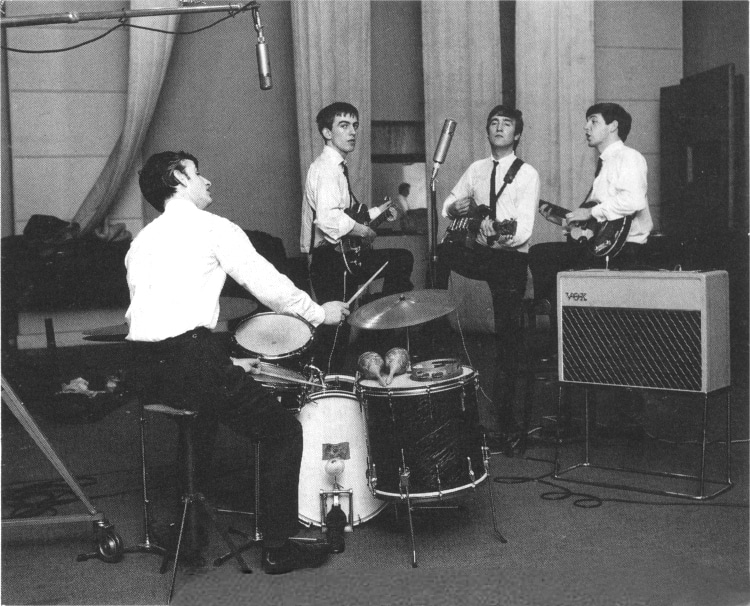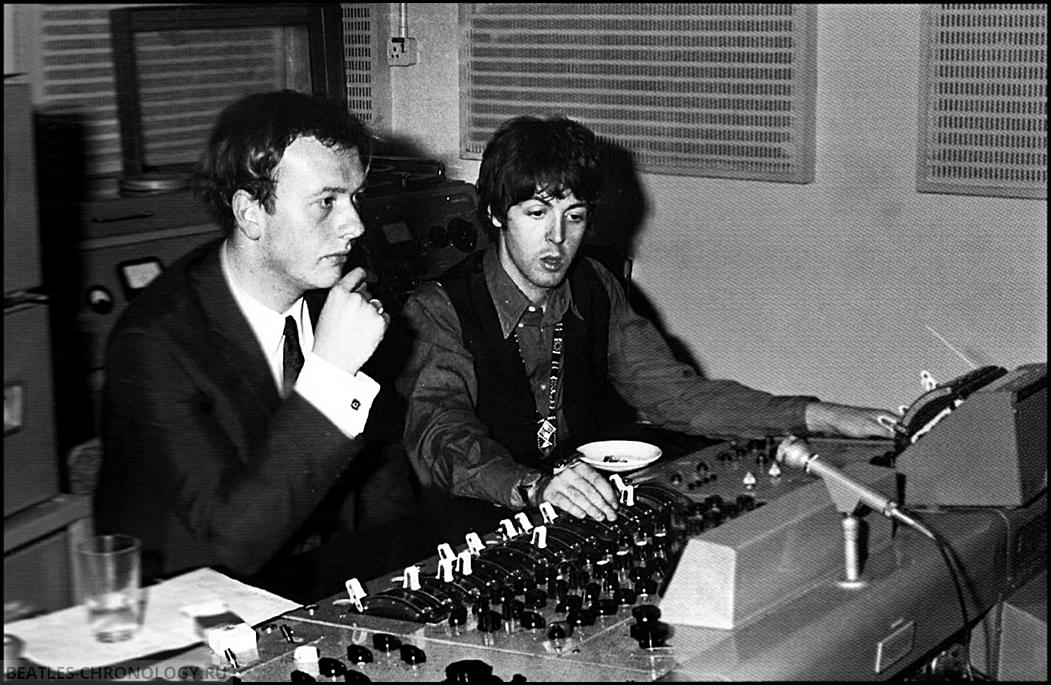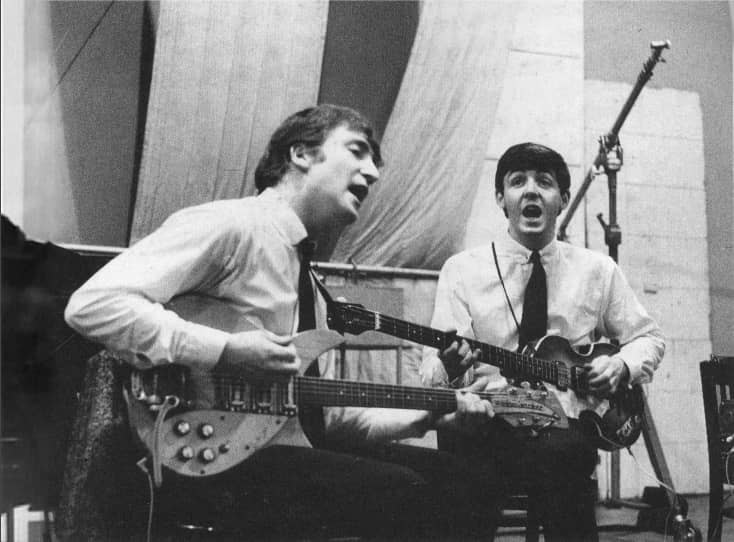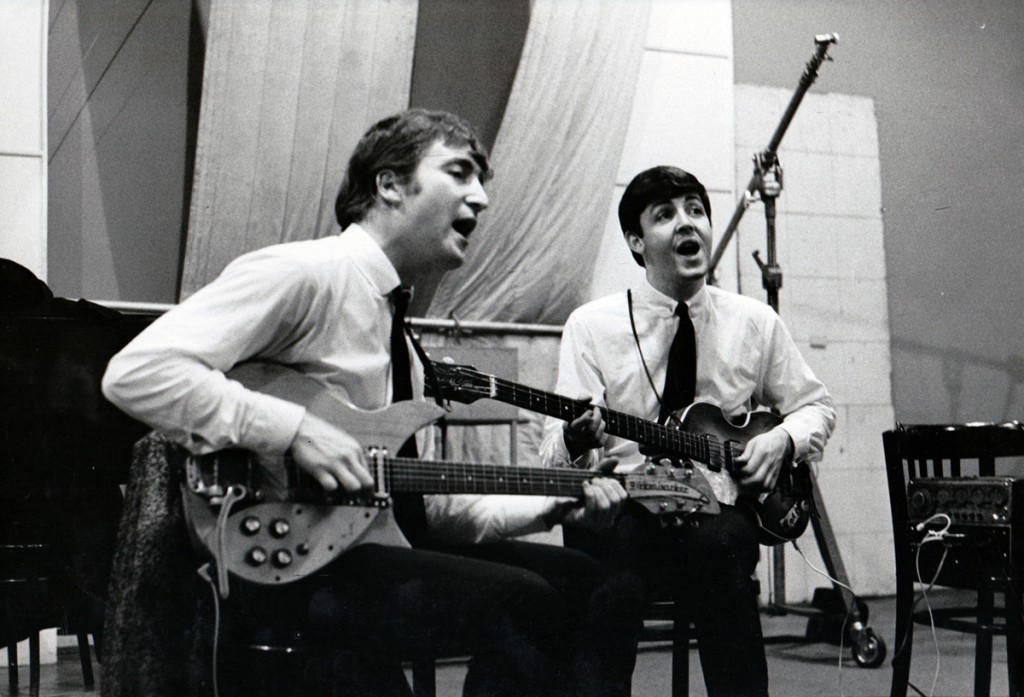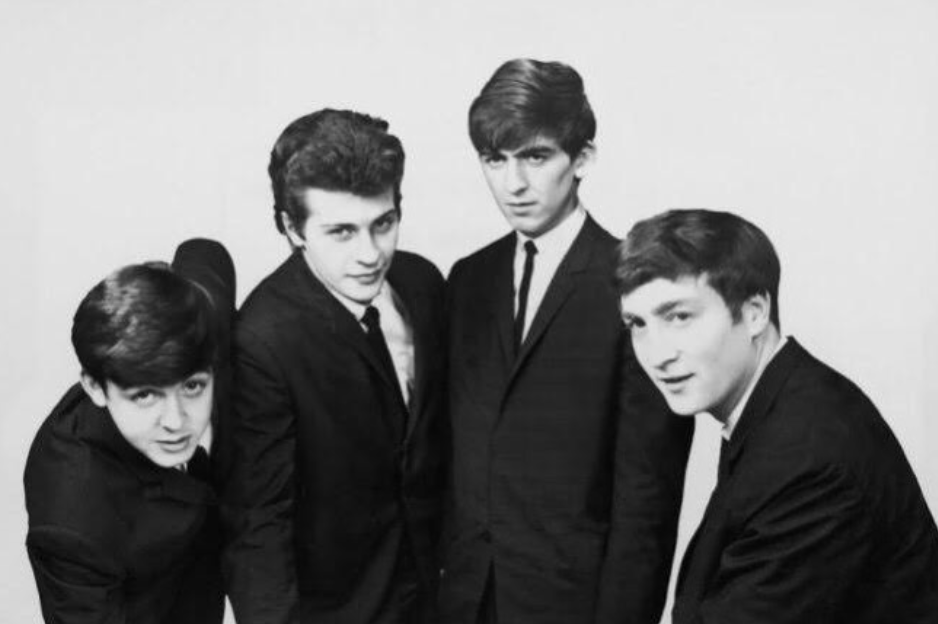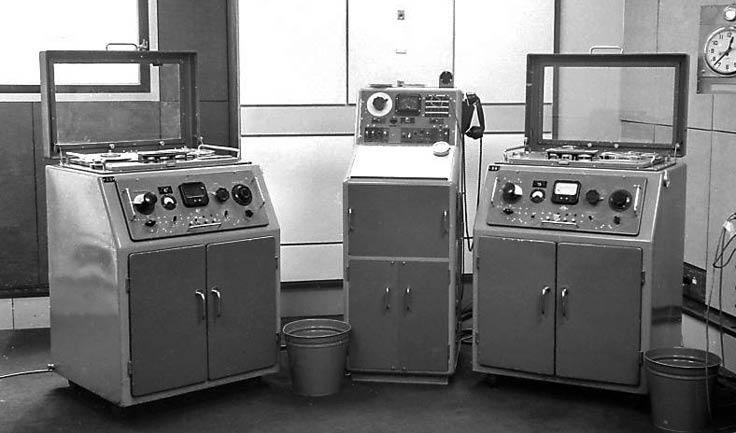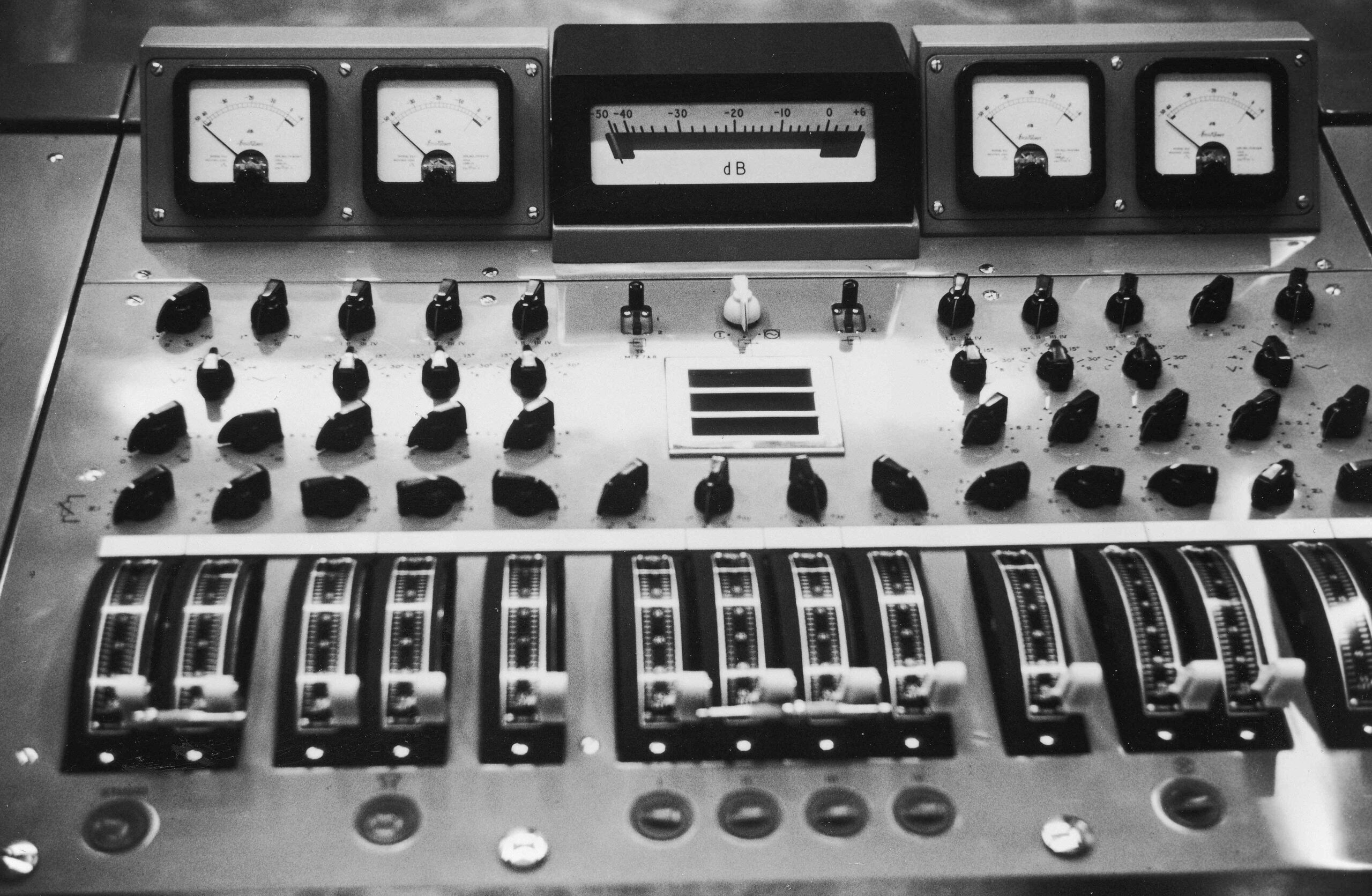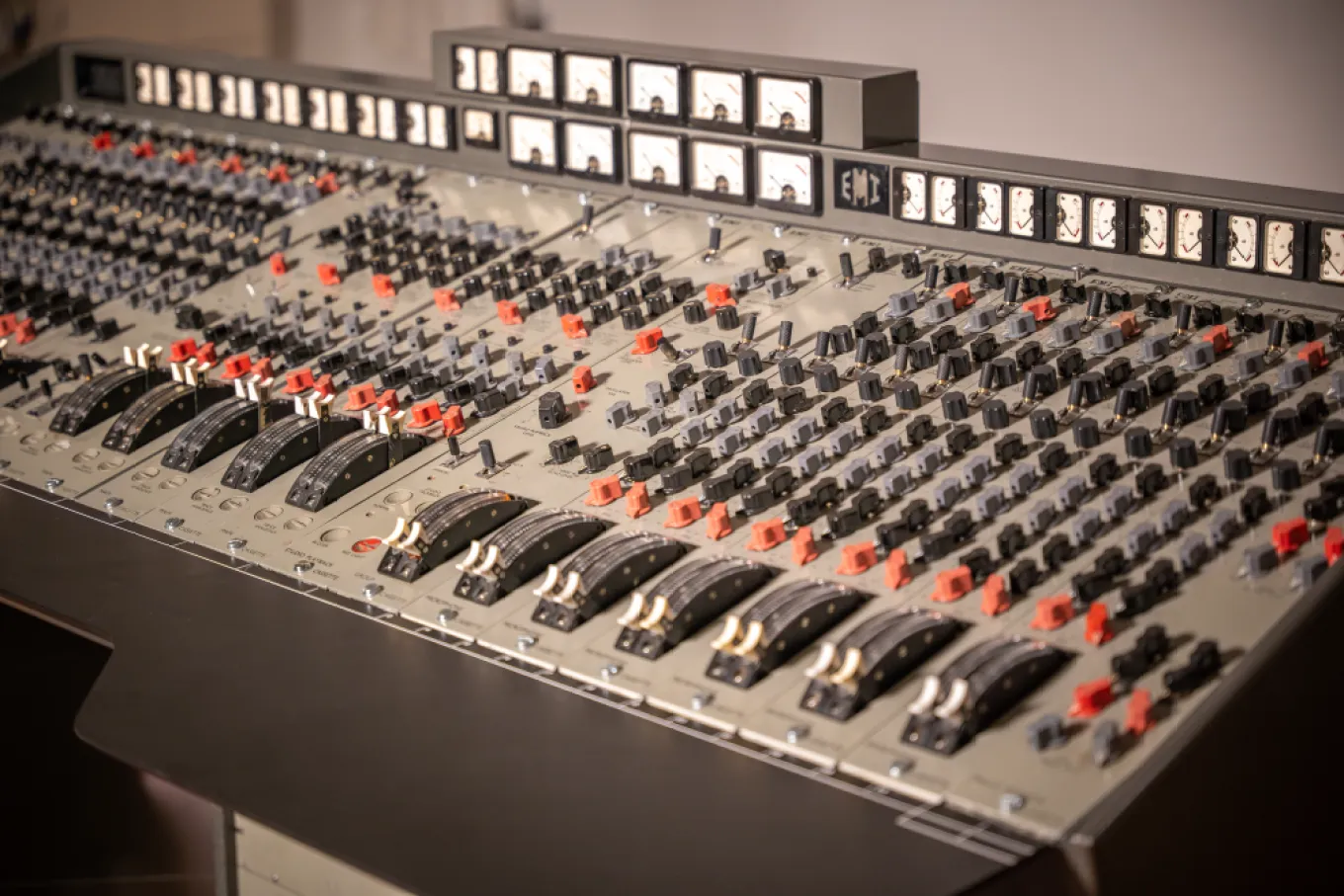
FAB FOUR MIX NOTES is an independent research project dedicated to exploring and documenting the recording and mixing process behind the music of the Fab Four. Dive deep into the signal chains, uncover details about the instruments they played, and examine the studio gear that helped craft their iconic sound. From microphones to tape machines, amplifiers to effects units, we break down how each element was dialed in to shape the tone, texture, and feel of every track.
Mix Notes
Whether you’re an audio enthusiast, a producer looking for inspiration, or a die-hard Beatles fan, this site offers a treasure trove of insights into the techniques and technology behind their legendary recordings.
We regularly post Mix Notes for each song, offering both historical details and modern mixing takeaways. Mix engineer and music blogger Kevin Flick (Puddlegum) writes these notes. We update them regularly so that they remain current.
Subscribe to our Newsletter to receive new Mix Notes in your inbox.
On September 11, 1962, the Beatles recorded several iconic tracks under tight constraints. This article examines the decisions and techniques that defined their early sound.
Continue Reading Working within Constraints: Recording The Beatles on September 11, 1962
During the Beatles’ first EMI Studio 2 session, Geoff Emerick observed the recording of How Do You Do It? and a tape overdub trick called superimposition.
Session Notes
Session Notes are details for each recording session. We’re adding them as we write about the sessions in our Mix Notes. Each Session Note provides details about personnel, studio gear, instruments used, interesting notes about the session, and sources for this information.
Session notes of The Beatles’ 26 November 1962 recording session at EMI Studio Two to record Please Please Me, Ask Me Why, Tip of My Tongue.
Session notes of The Beatles’ 11 September 1962 recording session at EMI Studio Two to record Love Me Do, P.S. I Love You, and demo Please Please Me.
Session notes of The Beatles’ 4 September 1962 recording session at EMI Studio Two, Ringo’s first session and early takes of Love Me Do.
The Beatles stepped into EMI Studio Two for a two‑hour ‘artist test’ overseen by producer George Martin, with Ron Richards and balance engineer Norman Smith.
Continue Reading 6 June 1962 – The Beatles’ Artist Test (Session Notes)
Studio Gear Notes
Studio Gear Notes are articles about studio gear, instruments, and signal flow. You’ll find details about each piece of gear and instrument used in the studio. We’re adding them as we progress through the Session Notes and Mix Notes. Details about each piece will be edited as we learn more about them.
Before multitrack recording became the norm, the EMI BTR-2 quietly defined how tape machines would shape the modern studio. From early Beatles sessions to groundbreaking tape echo effects, it bridged the gap between mechanical ingenuity and musical innovation, setting the standard for everything that followed.
Continue Reading EMI BTR-2 Tape Machine Deep Dive: History, Technical Overview, and Legacy
Tracing every valve, switch, and fader of the REDD.37 valve console that shaped the Beatles’ early-’60s sound.
Release Notes
Release Notes are articles that detail single and album releases. We are adding these as we progress through The Beatles recording sessions.
On January 11, 1963, The Beatles released their iconic single “Please Please Me,” which sparked Beatlemania. The song, produced by George Martin, showcased a vibrant mix of call-and-response vocals and harmonica. It reached #1 in multiple UK charts and #3 in the US, marking The Beatles’ rise as a global sensation.
Continue Reading 11 January 1963: Please Please Me / Ask Me Why (Single Release Note)
The Beatles released their debut single, “Love Me Do,” on October 5, 1962, featuring two Lennon-McCartney originals. It reached #17 on UK charts by December. The recording process involved three versions with different drummers, highlighting the band’s evolving chemistry and Ringo Starr’s growing role. The single marked the beginning of Beatlemania.
Continue Reading 5 October 1962: Love Me Do / P.S. I Love You (Single Release Note)
Resources
Fab Four Resources page provides a growing list of links to albums, documentaries, books, and more. We are indebted to the incredible research and incites these resources provide. We are continuously updating the list of resources. Contact us if there is a resource you would like us to add.
Site Updates
We added current Podcasts and Videocasts on our Resources page. More will be added soon.
We have added Session Notes with more comprehensive details about each session. And we added an About Us page.
Fab Four Mix Notes will have a predictable taxonomy structure and interact with inline comment threads. The importance of structure cannot be understated.
Making progress on gathering information and developing the structure within Obsidian for FabFourMixNotes, organizing and thinking this through.
Continue Reading Creating the Structure for FabFourMixNotes with Obsidian
This site is dedicated to documenting and studying the recording and mixing processes used to track The Beatles songs. We will be examining each song and sessions, gathering in depth notes on signal chains, gear, how the gear was dialed in, and more. Each of these blog posts will be called Mix Notes. This site…

